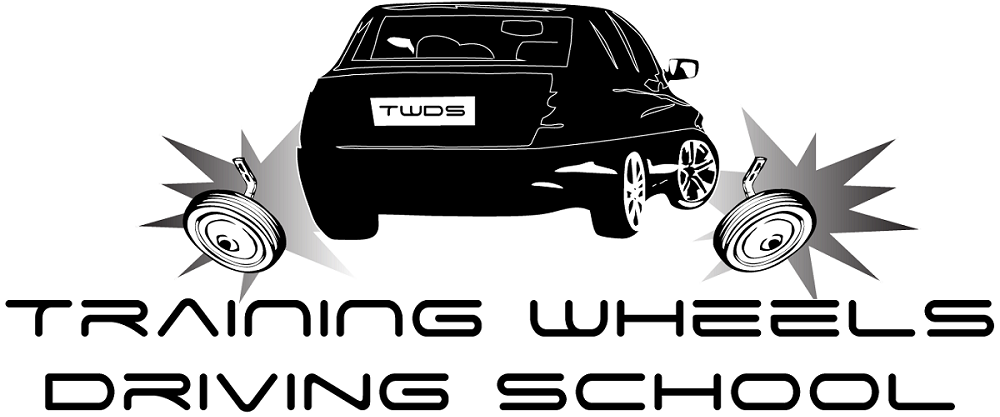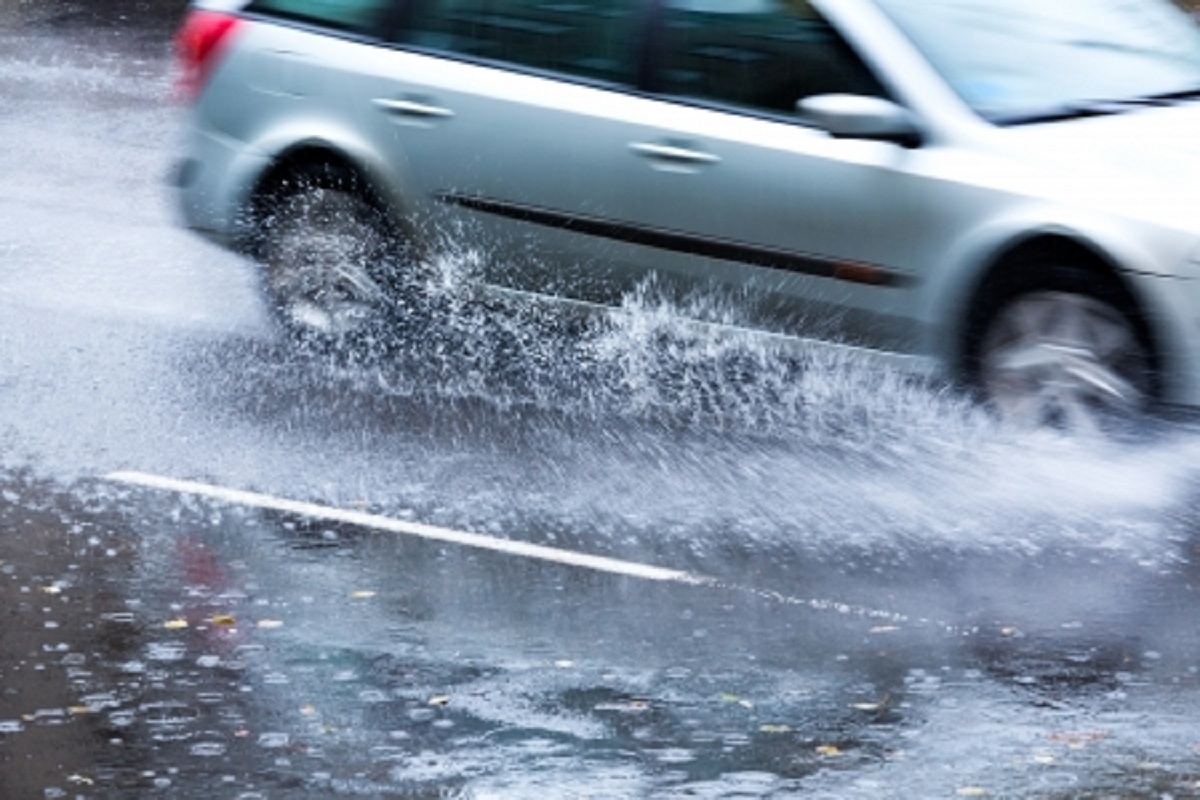What You Need to Know About Hydroplaning
Hydroplaning occurs when tire treads are unable to move water from underneath the tire and, in turn, the tires lose traction on wet roads. When a vehicle is hydroplaning, the tires are not resting on the pavement, but instead they are resting on water on the pavement’s surface. There are a number of factors that affect the speed at which a vehicle hydroplanes including the speed the vehicle is traveling, the depth of the water, the width of the tire, the depth of the tread and the tread pattern.
More often than not, a vehicle hydroplanes when it is traveling at a high speed and hits a deep puddle of water. Drivers know they are hydroplaning when the steering wheel suddenly jerks and the vehicle swings toward the puddle. An easy way to avoid hydroplaning when possible is by slowing down before driving through puddles of water. In some cases, during periods of pouring rain, there may be no puddles on the road but just enough water on the road for hydroplaning to occur.
Drivers who are attentive can identify the probability of hydroplaning and have the instincts to slow down enough to prevent any issues. If this is not the case, the first indication of hydroplaning is when the car suddenly pulls into deeper water and then begins to slide out of control. Another situation is when approaching a curve in the road, the vehicle does not respond to steering the way it normally does. As well, on a stretch of straight road, the steering wheel may have a slight “wiggle.”
For drivers who find themselves in a hydroplaning situation, the first and most important reaction is to not step on the brake. In order to slow down, drivers should remove their foot slowly from the accelerator – for those driving a manual vehicle, the clutch should be engaged. At this point, drivers should be allowed to coast down to a point where the hydroplaning stops. Some driving experts also recommend shifting the vehicle into neutral, but this is not always the best course of action.
In order to prevent hydroplaning, it is important to make sure you have tires that are new or in good condition. Additionally, drivers should slow their speed during or right after a rain storm by at least a third of their normal speed. Also, if drivers are following another vehicle, they should try to drive in that other vehicle’s tracks since it is likely their tires have already displaced the water on the road.
Think you or someone you know is need of Behind the Wheel Training? Training Wheels is a Mays Landing driving school specializing in teaching new teen drivers how to stay safe on the road. For more information on our lessons, please click here.
Copyright: mrtwister / 123RF Stock Photo

